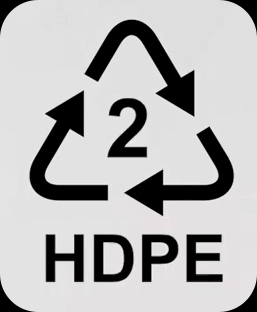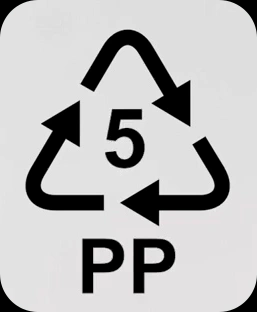When it comes to choosing the right packaging solution, understanding the materials involved is crucial. Two of the most commonly used plastics in bag manufacturing are High-Density Polyethylene (HDPE) and Polypropylene (PP). While both materials have their unique advantages, they cater to different needs. Here’s a closer look at the differences between HDPE and PP bags.

1. Material Composition
- HDPE: High-Density Polyethylene is a thermoplastic made from petroleum. It has a high strength-to-density ratio, making it sturdy yet lightweight. HDPE is known for its high tensile strength and resistance to impact.
- PP: Polypropylene is another thermoplastic polymer, but it is slightly more flexible than HDPE. It’s produced through the polymerization of propylene monomers and is known for its excellent chemical resistance and high melting point.
2. Strength and Durability
- HDPE Bags: These bags are typically thicker and offer greater resistance to tears and punctures. They are ideal for carrying heavier items, making them a popular choice for grocery and retail bags.
- PP Bags: While PP bags are also strong, they tend to be more flexible. They are excellent for applications where flexibility and a bit of stretch are beneficial, such as in packaging food items or in promotional bags.

3. Resistance to Elements
- HDPE: HDPE is resistant to moisture, making it suitable for outdoor use and storage. However, it can become brittle in extremely cold temperatures.
- PP: PP bags are known for their chemical resistance, which means they can handle a variety of substances without degrading. They also have better UV resistance than HDPE, making them suitable for prolonged outdoor exposure.
4. Appearance and Customization
- HDPE Bags: These bags usually have a more opaque appearance and can be printed on, but the quality of print may not be as vibrant as with PP.
- PP Bags: Known for their clarity and glossy finish, PP bags can be printed with high-quality graphics and colors, making them an attractive option for branding and promotional purposes.
5. Environmental Impact
- HDPE: HDPE is recyclable and can be reused to create new products, contributing to a more sustainable packaging solution.
- PP: PP is also recyclable but has a slightly lower recycling rate compared to HDPE. However, advancements in recycling technologies are making PP bags increasingly sustainable.
Conclusion
Choosing between HDPE and PP bags depends on your specific needs. HDPE bags are ideal for strength and moisture resistance, while PP bags offer flexibility and superior print quality. Both materials have their own environmental benefits, making them suitable options for various applications. By understanding these differences, you can make an informed decision that best meets your packaging requirements.









